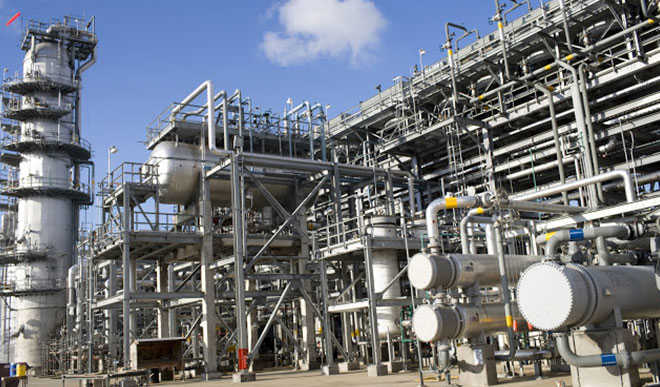Oil prices rose for the third consecutive day on Thursday after Saudi Arabia suspended oil shipments through a strait in the Red Sea and as trade tensions between the United States and the European Union eased.
Reuters reports that Brent futures rose 57 cents to $74.50 a barrel by 11:42 a.m. EDT (1542 GMT). The contract earlier touched $74.83 a barrel, highest since July 16. U.S. West Texas Intermediate (WTI) crude futures were up 41 cents at $69.71.
After meeting European Commission President Jean-Claude Juncker at the White House on Wednesday, U.S. President Donald Trump agreed to refrain from imposing car tariffs while the European Union and the United States start talks on cutting other trade barriers.
“The market is very calm as it tries to assess the impact from the President Trump deal with the European Union to hold off on tariffs,” said Phil Flynn, analyst at Price Futures Group in Chicago.
Brent rose in post-close trading on Wednesday after Saudi Arabia said it was “temporarily halting” oil shipments through the Red Sea shipping lane of Bab al-Mandeb after an attack by Yemen’s Iran-aligned Houthi movement.
The path through Bab al-Mandeb links Saudi Arabia’s eastern trade partners and a refinery in Ras Tanura with the Red Sea port of Yanbu, the Suez Canal and the SUMED pipeline.
An estimated 4.8 million barrels per day of crude oil and refined products flowed through the Bab al-Mandeb strait in 2016 towards Europe, the United States and Asia, according to the U.S. Energy Information Administration.
But Saudi Arabia additionally has the Petroline, also known as the East-West Pipeline, which mainly transports crude from fields clustered in the east to Yanbu for export. That could offset a bottleneck caused by Bab al-Mandeb’s closure.
Olivier Jakob from Petromatrix said in a note it remains to be seen whether the Saudi move has an impact on shipping costs.
“The passage is not as crucial as the Strait of Hormuz… but restricted flows through it would have an impact not just for crude but also for products due to the longer voyage time,” he said.
U.S. crude oil inventories last week tumbled more than expected to their lowest level since 2015, the EIA said on Wednesday, and traders said Thursday that inventories at the U.S. storage hub in Cushing, Oklahoma, have continued to fall. They were forecast to drop by 1.1 million barrels through Tuesday, traders said, citing energy information provider Genscape.
















